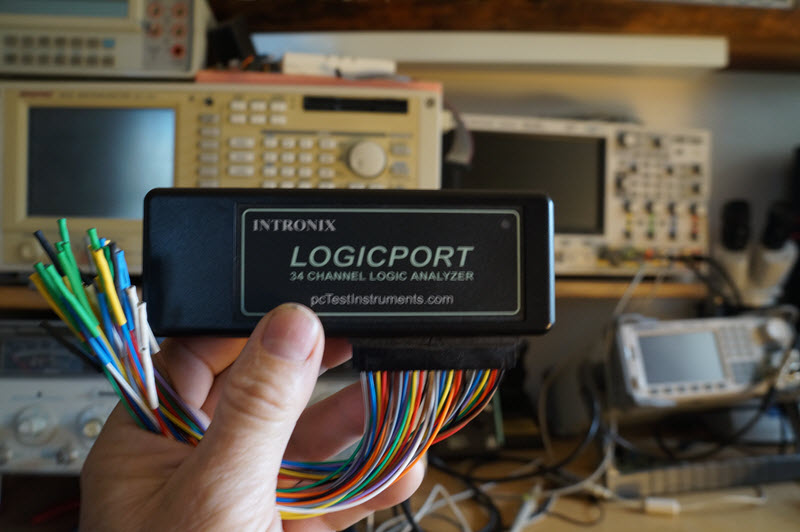|
|
||||||
You may redistribute this newsletter for noncommercial purposes. For commercial use contact jack@ganssle.com. |
||||||
| Contents | ||||||
| Editor's Notes | ||||||
Give your team the tools they need to operate at a measurably world-class level, producing code with far fewer bugs in less time. This is what my one-day Better Firmware Faster seminar is all about. It's fast-paced, fun, and uniquely covers the issues faced by embedded developers. Information here shows how your team can benefit by having this seminar presented at your facility. Follow @jack_ganssle
I'm now on Twitter. |
||||||
| Quotes and Thoughts | ||||||
Productivity can decrease by as much as 25% when workers put in 60+ hour weeks for a prolonged time. And, turnover is nearly 3x higher among workers who work extended hours. Absenteeism among companies with extended hours is more than twice the national average. (From Circadian Technologies Shiftware Practices survey) |
||||||
| Tools and Tips | ||||||
Please submit clever ideas or thoughts about tools, techniques and resources you love or hate. Here are the tool reviews submitted in the past. Scott Whitney likes the LogicPort logic analyzer:
Scott's advice about getting an additional cable and grabbers is spot-on. The cheapest source for grabbers that I know of is actually Intronix themselves, where they are advertised for $1.75 each. Chris Deckard responded to my comment about a source for mechanical parts:
|
||||||
| Freebies and Discounts | ||||||
The LogicPort is probably the best USB-connected logic analyzer I've reviewed (review here). The hardware sparkles at 500 MHz and 34 channels, and the user interface is great. I'm giving my LogicPort away to a lucky Muse subscriber (it does not come with the grabbers). The contest closes December 31, 2015. Go here to enter. It's just a matter of filling out your email address. As always, that will be used only for the giveaway, and nothing else. |
||||||
| More Quadrature Routines | ||||||
The last Muse had code for debouncing quadrature data. Daniel Wisehart has an alternative:
Peter House implemented another routine in Z80 assembler:
|
||||||
| CAD and Privacy | ||||||
Stephen Phillips replied to an article in the last Muse about CAD and Privacy:
|
||||||
| Jobs! | ||||||
Let me know if you’re hiring embedded engineers. No recruiters please, and I reserve the right to edit ads to fit the format and intents of this newsletter. Please keep it to 100 words. There is no charge for a job ad. |
||||||
| Joke For The Week | ||||||
Note: These jokes are archived at www.ganssle.com/jokes.htm. Vic Plichota sent in this which I ran last week:
Helmut Drobny suggested something similar:
And Dave Hansen wrote:
|
||||||
| Advertise With Us | ||||||
Advertise in The Embedded Muse! Over 25,000 embedded developers get this twice-monthly publication. . |
||||||
| About The Embedded Muse | ||||||
The Embedded Muse is Jack Ganssle's newsletter. Send complaints, comments, and contributions to me at jack@ganssle.com. The Embedded Muse is supported by The Ganssle Group, whose mission is to help embedded folks get better products to market faster. |




